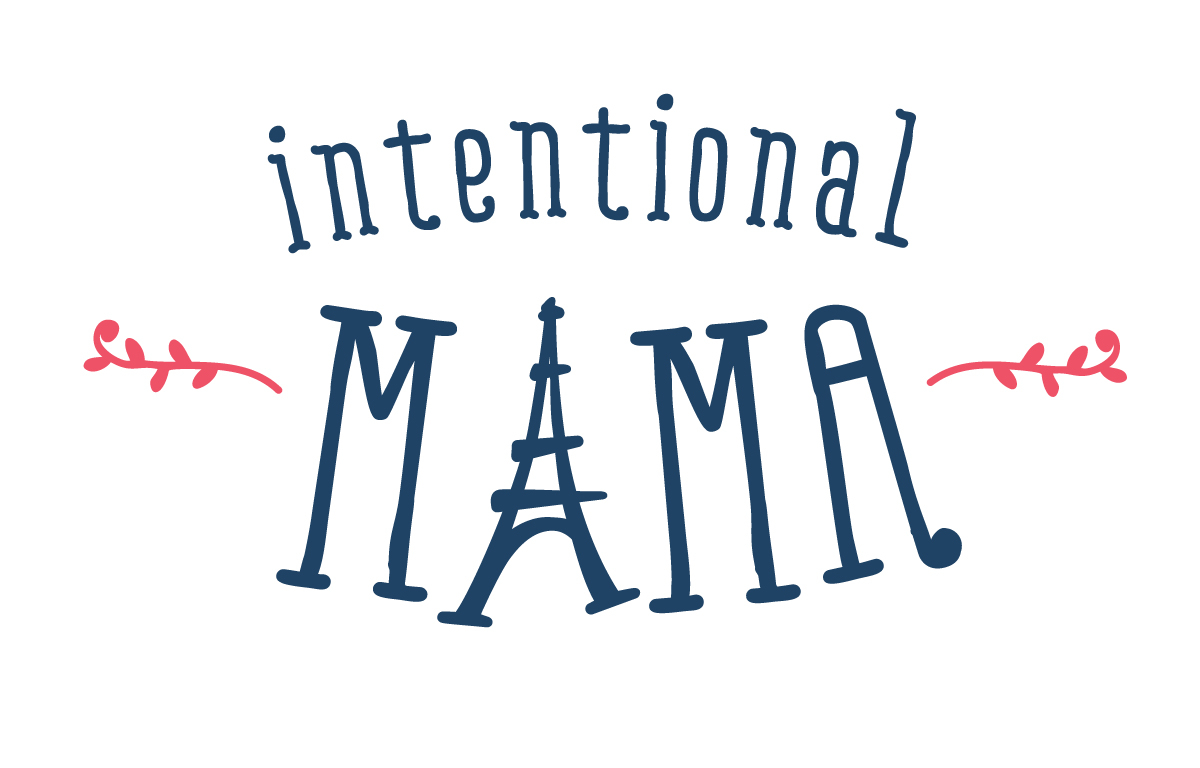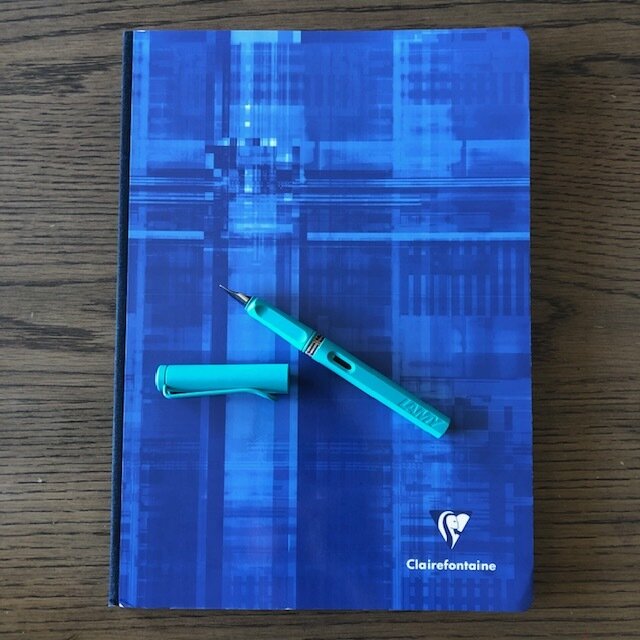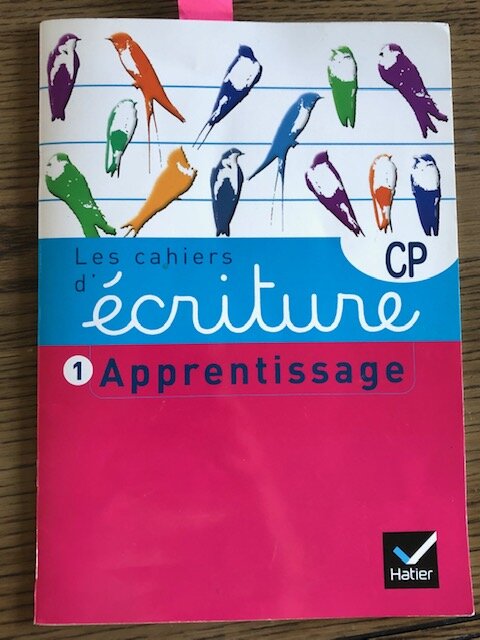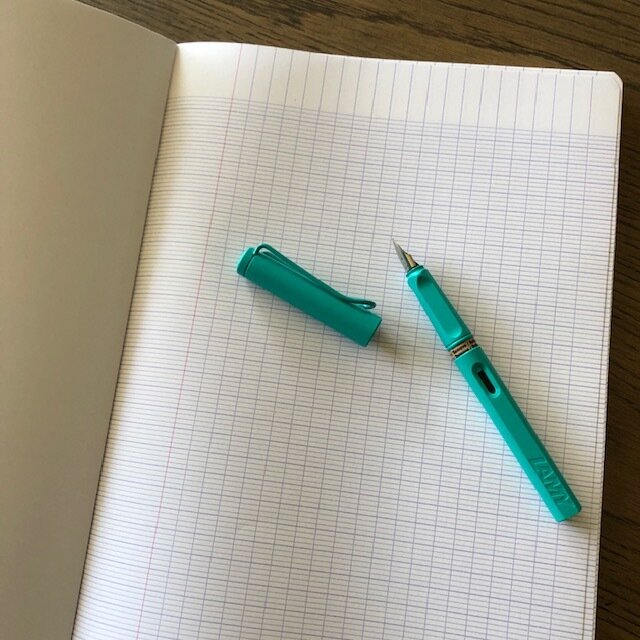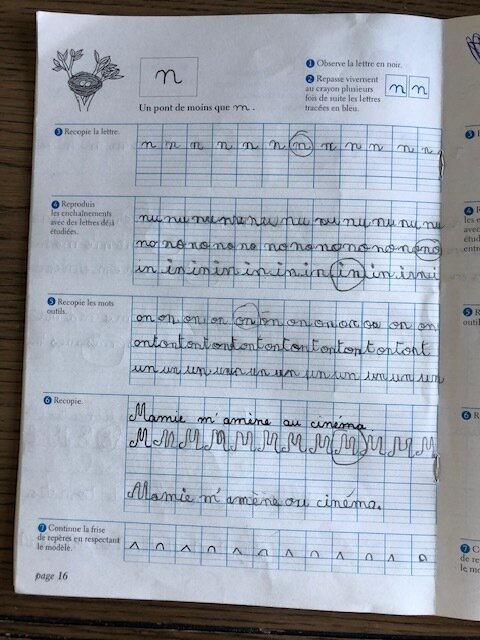Keeping French in Our Homeschool: Our Bilingual Studies in 2020
We had planned to be in France this fall, but due to COVID restrictions keeping us from entry there, we are continuing another year of homeschooling here in Oregon. While we miss our friends in France and we are sad for the lost opportunity to attend school there this fall, we are very much enjoying our continued homeschool journey. Much of our enjoyment is connected to our participation in an independent, weekly homeschool co-op that we joined last year. While that day's portion of our learning is all in English, I see how my children thrive on the social connections there. It feels ironic to me this year that the few dozen students in our co-op are among the minority of students nationwide who are allowed to meet and learn together on a regular basis this fall.
On our days at home this school year, here are some of the ways we are keeping French a primary part of our home learning:
A collection of a few of our French-related curriculum items
Instructions:
A peek at a day of my son's daily assignments
For my older two children, I write a French list of assignments for each day's work in their individual notebooks. (I resisted this structure during their early years, choosing to pursue a more fluid learning approach, but I now find that they prefer structure and knowing what to expect.) My five year old has a pictorial list of the workbooks and tasks he can work through with his older sister's help while I am helping his siblings.
Ecriture/Writing:
I love the French and European emphasis on cursive handwriting, and I've been so glad that we followed the French way in learning to write in cursive letters from kindergarten onwards. This school year I decided to introduce my upper-elementary age children to the French training of learning to write with a fountain pen—an experience I'd never tried myself. Using a fountain pen is a learning experience for all of us, but it's been mostly good. It forces you to slow down and form cursive letters slowly and purposefully. It's possible to flick and splatter ink droplets across a page (or across a wall once in a while, thanks to my toddler's grab-and-run technique) but again, it's mostly been a positive experience. Once per week, my 11-year-old daughter writes the literary paragraphs that I dictate from her French grammar book, while my eight-year-old son copies passages from his weekly memory work in English. Other days he copies French lettering, words, and phrases in this French écriture workbook.
(Based on French and American reviews, I purchased a Pelikano pen for my 8-year-old son, a Lamy pen for my 11-year-old daughter, and a large French-lined Clairefontaine notebook for her writing.)
Les Maths:
An excerpt from the CE2 (third grade) level Singapour Maths workbook
Once again we are happily using Singapore (Singapour) math workbooks in French. In the past I have tried a more hands-on math curriculum, but found that it required too much preparation each day, especially for the differing levels that my children needed, and ultimately my children prefer the simplicity of a workbook approach. This year I was surprised to learn that the Singapore math workbooks in French only continue through grade 5, and I struggled to find a French math option for grade 6. For now, my daughter is still finishing up the CM2 manual, but we will likely switch to an English version of Singapore Math for 6th grade. A year of math in English will probably be helpful for her just to make sure she's familiar with equivalent vocabulary terms. My 8-year-old son is flying through the first of two workbooks at the CE2 level and will probably begin fichier 2 this December. My 5-year-old son (kindergarten level) is using the Grande Section Singapore Math workbook. I am a bit surprised that it only covers numbers up to twenty (when most American kindergarten programs focus on counting through one hundred), but he is content with the activities and I'd rather him have a solid base of counting lower numbers before moving on. Having been through several years of Singapore Math now with my older children, I can attest that it is a strong program that really helps students to excel at math and mathematical thinking, so I'm not overly concerned that the GS level book seems to take a leisurely pace.
If you order a Singapour Math workbook in French through Amazon, you'll want to search for the fichier (workbook). We've never needed the textbooks because the workbooks alone are fairly explanatory. At the upper elementary level, the fichiers are replaced by manuels but essentially they are still workbooks.
La Lecture / Reading:
Keeping my children reading in French is a challenge when we are constantly immersing ourselves in lots of wonderful fiction and non-fiction books in English. While my oldest two children can read in French, they prefer reading in English. Because of this dominant language preference, I try to be very intentional about providing French fiction that lures them in as readers. Here are some ways that I ensure that a fair amount of reading happens in French:
An excerpt from Ratus et ses amis, a French reading/phonics/phonetics workbook
We have a monthly subscription to Les Petits Livres, a small, family-owned business that sends us several fiction and non-fiction books on loan each month (much like a Netflix-by-mail service). I may soon sign up additionally for their BD (comic book) subscription, which would now be perfect for my 8- and 11-year olds. Read more about LPL in my post here.
We also have subscriptions to French children's magazines: Popi for my 2.5 year old, Pomme d’Api for my 5 year old, and Wapiti for my 8 year old. My daughter opted out of a magazine this year but loved Curionautes (a science magazine) last year. You'll find information about how to order these and other French subscriptions at the end of one of my previous blog posts here.
I regularly read aloud to my eight-year-old son from the Club des Cinq series, which is like a Hardy Boys mystery series. While this series was originally written in English, it is set in France and it's been popular in France for two generations now.
My eight year old is also working through a French reading workbook series based on the character of Ratus, a green rat. This is the same learning-to-read workbook that my daughter's French kindergarten used in France, and while I'm not a fan of the cartoonish illustrations, my son finds the content interesting and he seems to be learning a decent amount about French phonetics and spelling.
I have already purchased multiple French fiction books for Christmas and birthday presents for my children to keep them surrounded with alluring French options to read. Currently, some of our favorite series are Ariol (a hilarious graphic novel series, perfect for ages 7-14) and Mon histoire, firsthand historic fiction accounts of French female characters (ideal for my preteen daughter). My two year old is on a T’Choupi fandom streak.
I'm sure French finds its way into our learning in other ways as well, perhaps primarily through our conversations (since I try to speak exclusively in French with my children), but it's always been a challenge to persist in the minority language in spite of the strong influence of the English language and culture. Nonetheless, doing so has always been extremely rewarding, and at no point do we ever want to let French slip away from our family culture!
Enjoying French and English poetry at tea time—a twice-weekly habit for us this year
With a sad note, I should mention here that French president Macron announced this month (October 2020) that he intends to ban homeschooling in France beginning next school year (with the exception of those with serious medical reasons for homeschooling). He claims this is to cut down on Islamic radicalization in France, although he also acknowledges that there has never been such an attack from a homeschooled student in France. (In contrast, there have been attacks perpetrated by individuals who attended the French public school system). In addition, all schools in France that do not receive public funding (écoles hors contrat), including Catholic, Protestant, and non-religious schools such as Montessori schools, are at risk for government shut down as well. This presidential intention is not yet French law, but is likely to be voted through in the next six months. Please stay informed about this issue.
How are you incorporating French into your life this year? Which educational French resources have you used? How are you making the most of your freedom to homeschool?
This post contains some Amazon Affiliate links. All opinions & recommendations are my own and are not sponsored.
